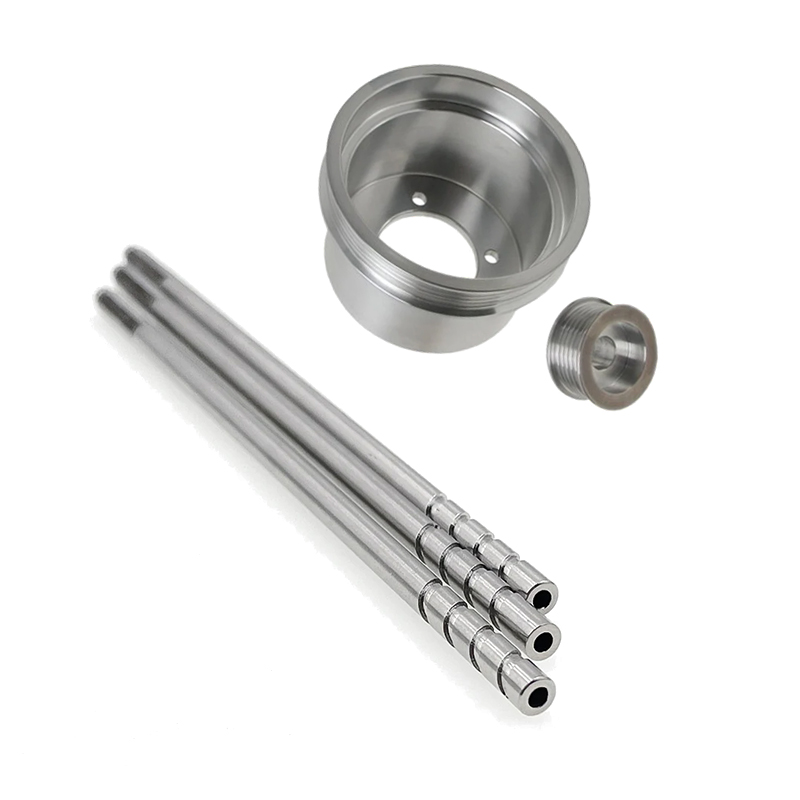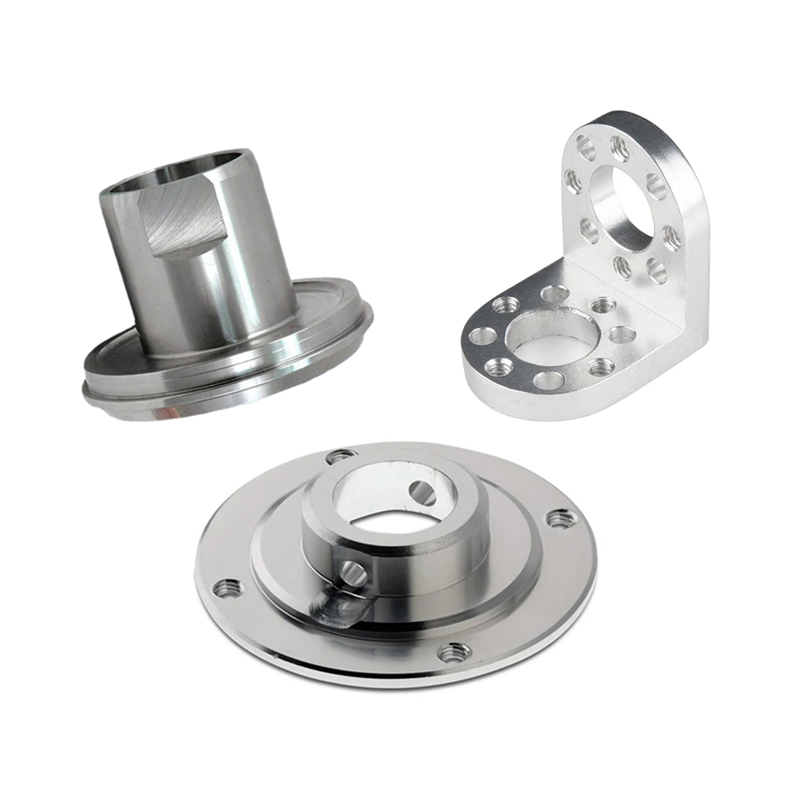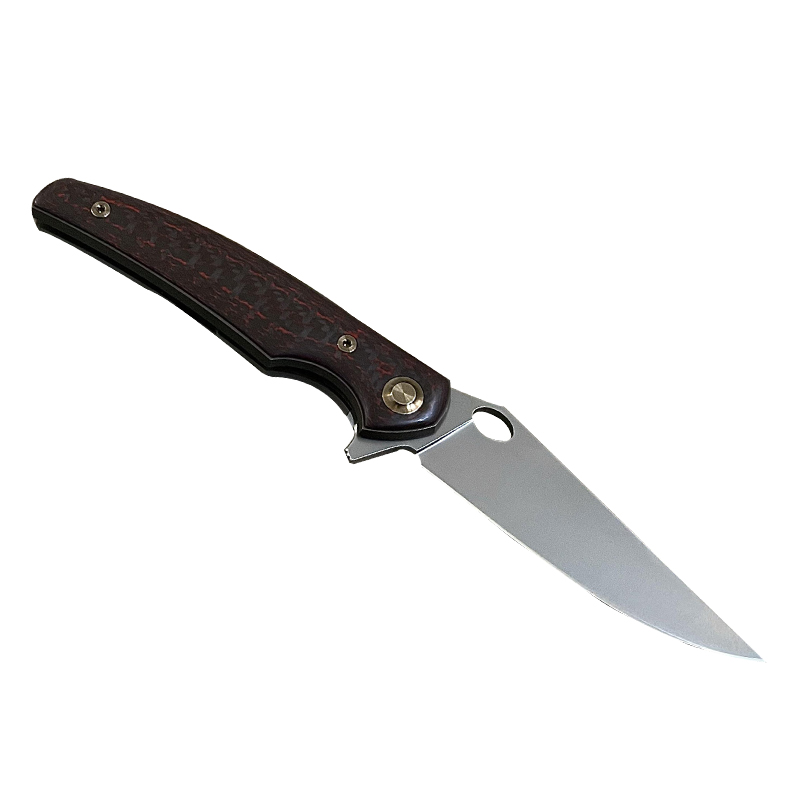Comprehensive Overview of CPM 10V Steel
 Aug 07,2024
Aug 07,2024

In the world of high-performance tool steels, CPM 10V steel stands out. It is a superior choice for both industrial applications and knife making. Its unique properties are derived from advanced powder metallurgy. These properties make it indispensable for professionals seeking durability and precision. This guide aims to provide an in-depth understanding of CPM 10V steel. It covers its characteristics, applications, properties, heat treatment processes, and more.
CPM 10V Steel Definition and Significance
CPM 10V steel is a high-vanadium tool steel. It is produced using Crucible Particle Metallurgy (CPM). This process results in a fine-grained microstructure. This enhances the steel's wear resistance and toughness. Known for its exceptional edge retention and high hardness, CPM 10V is a go-to material for demanding applications.

Overview of Powder Metallurgy
Powder metallurgy involves blending fine metal powders. These powders are then compacted into a desired shape. Heating them bonds the particles. This method ensures a uniform composition. It also ensures a fine microstructure. These aspects are critical for achieving the superior properties of CPM 10V steel.
Properties and Performance
CPM 10V steel boasts exceptional wear resistance. It has high hardness and excellent toughness. Its superior edge retention is ideal for demanding applications.
|
Property |
Description |
Value |
|
Hardness |
Vickers hardness |
58-60 HRC |
|
Toughness |
Energy absorption and impact resistance |
High (ft-lbs) |
|
Wear Resistance |
Ability to resist wear under repetitive contact |
Very High |
|
Edge Retention |
Ability to maintain sharpness over time |
Very High |
|
Durability |
Long-term usability under demanding conditions |
High |
Mechanical Properties
CPM 10V steel offers high hardness. It has exceptional wear resistance. The steel has superior toughness. It provides excellent edge retention for demanding mechanical applications.
Hardness, Toughness, and Durability
CPM 10V offers a balanced combination of hardness and toughness. This ensures durability and resilience under stress.
Edge Retention and Wear Resistance
Its edge retention capabilities are unmatched. This is attributed to the high vanadium content. This content forms hard carbides within the steel matrix.
Comparative Analysis
CPM 10V steel outperforms many tool steels. It has superior wear resistance, higher hardness, and excellent toughness in demanding applications.
CPM 10V vs. Other High-Speed Steels
When compared to other high-speed steels, CPM 10V stands out with superior wear resistance and edge retention. This makes it ideal for applications needing extreme durability. In contrast, 8620 steel is a low-alloy steel known for its excellent toughness and core strength, commonly used in gears, crankshafts, and fasteners. While CPM 10V excels in wear resistance, 8620 steel is preferred for applications requiring strong yet ductile material properties. H13 tool steel is notable for its toughness, resistance to thermal fatigue, and good machinability, ideal for die casting and extrusion.
Advantages and Unique Benefits
The primary advantages of CPM 10V include consistent performance. It has high hardness. The ability to withstand abrasive wear is crucial for industrial tools and high-quality knives.
Corrosion Resistance
CPM 10V steel has moderate corrosion resistance. It is primarily designed for wear resistance and toughness. Proper maintenance is required to prevent rust.
Is CPM 10V Stainless Steel?
CPM 10V is not classified as stainless steel due to its lower chromium content. However, it can exhibit some corrosion resistance with proper maintenance.
Protective Measures and Maintenance
To prevent corrosion, it is essential to apply protective coatings or lubricants. Ensure regular cleaning and drying after exposure to moisture.

Heat Treatment Process
The heat treatment process of CPM 10V steel involves austenitizing, quenching, and tempering. This achieves optimal hardness, wear resistance, and toughness.
Importance of Heat Treatment
Heat treatment is crucial for CPM 10V steel. It optimizes hardness, wear resistance, and toughness for high-performance applications.
Impact on Mechanical Properties
Proper heat treatment is vital. It optimizes the mechanical properties of CPM 10V. This influences its hardness, toughness, and wear resistance.
General Heat Treatment Steps
The heat treatment process typically involves austenitizing, quenching, and tempering. Each stage is critical for achieving the desired properties.
Specific Guidelines for CPM 10V
Specific guidelines for CPM 10V steel include precise heat treatment. Careful machining and adequate maintenance maximize performance and longevity.
Recommended Temperatures and Procedures
For CPM 10V, austenitizing temperatures range between 2050°F and 2150°F. This is followed by rapid quenching to room temperature. Tempering is done at 1000°F to 1050°F.
Quenching, Tempering, and Their Effects
Quenching helps to lock in the high hardness achieved during austenitizing. Tempering reduces brittleness. This balances hardness and toughness.
Working with CPM 10V Steel
Working with CPM 10V steel requires specialized tooling. Precise heat treatment and thorough maintenance are necessary for optimal performance and durability.
Machining and Fabrication
Machining and fabrication of CPM 10V steel demand specialized tools. Low speeds, high feeds, and proper cooling prevent tool wear. For CNC steel machining, these factors are crucial to ensure precision and efficiency. Effective CNC machining techniques help achieve the desired tolerances and surface finishes. This is particularly important when working with high-hardness materials like CPM 10V steel. These practices ensure longevity and performance of the machined parts.
Best Practices for Machining
Machining CPM 10V requires the use of carbide tools. Appropriate cutting speeds manage its hardness and wear resistance.
Common Challenges and Solutions
Challenges include tool wear and difficulty in grinding. These can be mitigated by using advanced machining techniques and equipment.
Maintenance and Care
Maintenance of CPM 10V steel requires regular cleaning. Proper storage and lubrication prevent corrosion and ensure longevity.
Tips to Maximize Lifespan and Performance
Regular maintenance is key. Proper cleaning, lubrication, and storage extend the lifespan and performance of CPM 10V steel components.
Preventive Maintenance Practices
Implementing a routine inspection and maintenance schedule is essential. This ensures early detection of wear and potential issues. It maintains optimal performance.
Understanding CPM Steel and Equivalents
Understanding CPM steel and its equivalents involves comparing their wear resistance. Hardness, toughness, and optimal applications in various industries are also considered.
Is CPM Steel Good?
Yes, CPM steel is excellent. It has superior wear resistance, high hardness, and exceptional toughness. These properties make it ideal for demanding applications.
Evaluating the Performance and Reliability of CPM Steels
CPM steels, including CPM 10V, are known for their consistent performance. Their reliability makes them a preferred choice for critical applications.
Customer and Expert Testimonials
Many professionals in the manufacturing and knife-making industries attest to the superior performance of CPM steels. They cite their durability and edge retention.
CPM 10V Steel Equivalents
CPM 10V steel equivalents include Vanadis 10, A11, and K294. These offer similar wear resistance, hardness, and toughness for industrial uses.
Comparison with Similar Steels
CPM 10V can be compared to other high-vanadium steels like Vanadis 10 and A11. These offer similar wear resistance and hardness.
Performance and Application Differences
While these steels share many characteristics, CPM 10V's unique powder metallurgy process often results in a finer microstructure. This enhances performance.

Applications of CPM 10V Steel
CPM 10V steel is used in industrial cutting tools, punches, dies, and other high-wear applications. These require exceptional durability.
Industrial Uses
CPM 10V steel is utilized in industrial applications like cutting tools, dies, punches, and wear-resistant components. These require high durability.
High-Performance Tool Steel Applications
CPM 10V is widely used in manufacturing high-performance tools. These include cutting and forming tools. Its wear resistance and toughness are key.
Common Industries: Automotive, Aerospace, etc.
Industries such as automotive and aerospace benefit from CPM 10V's durability and precision. They use it for components that require long service life and reliability.
Knife Making
CPM 10V steel is favored in knife making. It has outstanding edge retention, wear resistance, and superior toughness.
Why CPM 10V is Favored for Knives
Knife makers prefer CPM 10V for its ability to hold an edge longer than many other steels. This reduces the frequency of sharpening.
Performance as a Blade Material
As a blade material, CPM 10V excels in maintaining sharpness. It resists wear, making it ideal for both tactical and everyday carry knives.
Conclusion
CPM 10V steel's unique properties make it an ideal choice for both industrial applications and knife making. Its high wear resistance, hardness, and edge retention are key. Understanding its characteristics and proper handling ensures optimal performance. Advancements in high-speed steel technology continue to enhance the performance of materials like CPM 10V. Ongoing research focuses on improving toughness and corrosion resistance. At Tuofa Factory in china, we stay ahead of industry trends. We continuously update our processes and invest in the latest technologies. This ensures we provide cutting-edge solutions to our clients.
 Tel/WeChat:
Tel/WeChat:  Email:
Email: 
 Home
Home
 What is the Difference Between 7075-T6 and 7075-T62 Aluminum?
What is the Difference Between 7075-T6 and 7075-T62 Aluminum? 







